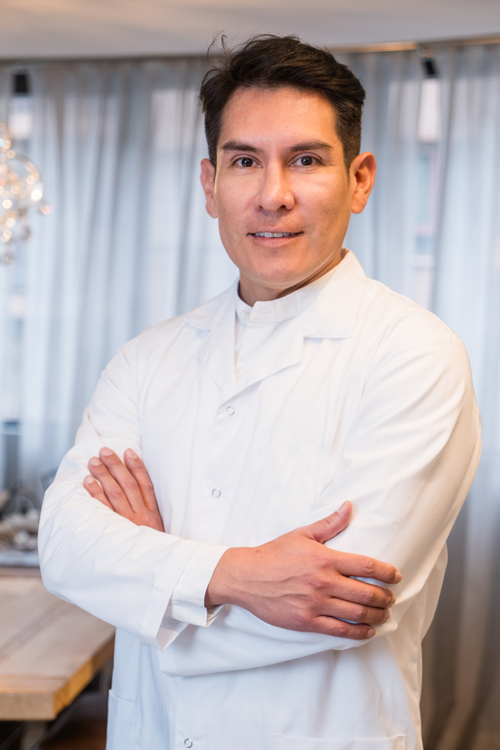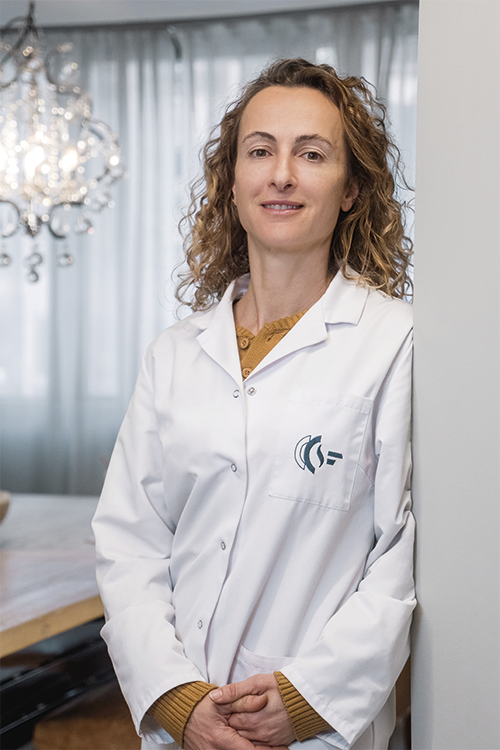Probiotics
The use of probiotics has spread enormously in clinical practice, but more and more professionals are demanding fourth generation human probiotics, that is to say, they are not satisfied with just any type of product because they now know the difference between a well formulated one and another that could not guarantee a good result. And you may ask yourself, but aren’t all probiotics the same? No, they are not. Obviously, they all contain live microorganisms in their formulation that confer a health benefit when we take them, but this is not the only guarantee for their functioning. The micro world that we carry inside is very complex and that is why it must be modulated in a specific way, knowing what we take when we are prescribed a probiotic and its origin.
Composition of the intestinal microbiota
The presence of bacteria in our organism is as important as their distribution within it. Science has already shown that an imbalance in the composition of our microbiota can alter our state of health. This imbalance is called dysbiosis and, together with a correct prebiotic and anti-inflammatory diet, can be reversed by taking human-derived probiotics.
Probiotics for human health
The importance we place on bacteria is not accidental. They are the most widespread form of microorganisms, but they are also the most present in our microbiota. That is why they are the “ingredient” contained in human-derived probiotics, because they are the ones that can contribute to the repopulation of our intestinal ecosystem.
Although our microbiota also includes fungi, protozoa and archaea, bacteria are the most studied type of microorganism and it is known that they are present in populations that are numerically very widespread, reaching one hundred billion microorganisms. And how are they organized in this micro-world inside us? According to the scientific literature, our bacteria are grouped into genera, which in turn are subdivided into species. Within a species, there are strains.
Probiotic strains
The concept of strain is perhaps the most important when we talk about fourth-generation probiotics. The type of strain, its origin and its combination with other strains is what makes the difference between one probiotic product and another. To understand this, we must imagine several levels. These microorganisms are categorized into genera (first level), which, in turn, have different species (2nd level). Within the species, the differences are marked by the strain (3rd level). Let’s look at an example: Bifidobacterium would be the genus, bifidum the species and BGN4 the strain.
But be careful! Not all strains are the same and do not serve the same purpose. There is still much to be known about some strains in terms of their probiotic capabilities. In her book, “The Revolutionary World of Probiotics”, Dr. Olalla Otero does an exhaustive job of compiling the properties demonstrated to date in the most widely used probiotic strains, which has turned this book into an authentic reference manual for professionals and patients.
Human-derived probiotics vs. animal-derived probiotics
The key for a bacterium to be used as a therapeutic tool is that it has the capacity to remain in our organism, that it is recognized by it and that it fulfills its functions. This is why human-derived probiotics are so important, because only our own bacteria are capable of constituting our microbiota, which has different bacteria from those of a cow, for example. Bacteria of animal origin, such as those that can be consumed with yogurts or other probiotic foods, can exert a beneficial effect, but it will be temporary and without long-term effects, because this type of strains do not have the ability to stay in the human intestine, forming colonies. They pass through it but are then eliminated with the feces.
On this basis, we also speak of allochthonous probiotics (those formulated with bacteria of non-human origin and whose effect is transitory) versus autochthonous probiotics (i.e. probiotics of human derivation that form permanent colonies and exert a beneficial effect on the person who takes them).
Properties of 4th generation human probiotics
Thanks to this innovative technology, fourth-generation probiotics are active where we want them to act. With all that we know, we can summarize their properties in the following points. Generation IV probiotics:
- Are able to arrive with their viability conditions intact to the area of colonization where we are interested in them acting.
- They have the ability to form permanent colonies.
- They adhere to the intestinal epithelium, helping to preserve its integrity.
- Ensure that the CFU’s of the product are not “lost” on the journey from the capsule to the intestine, thanks to their double coating. intestine, thanks to their double protective coating
- Their composition with specific strains, without creating multi-strain formulations, prevents microorganisms from competing microorganisms from competing with each other.

















































